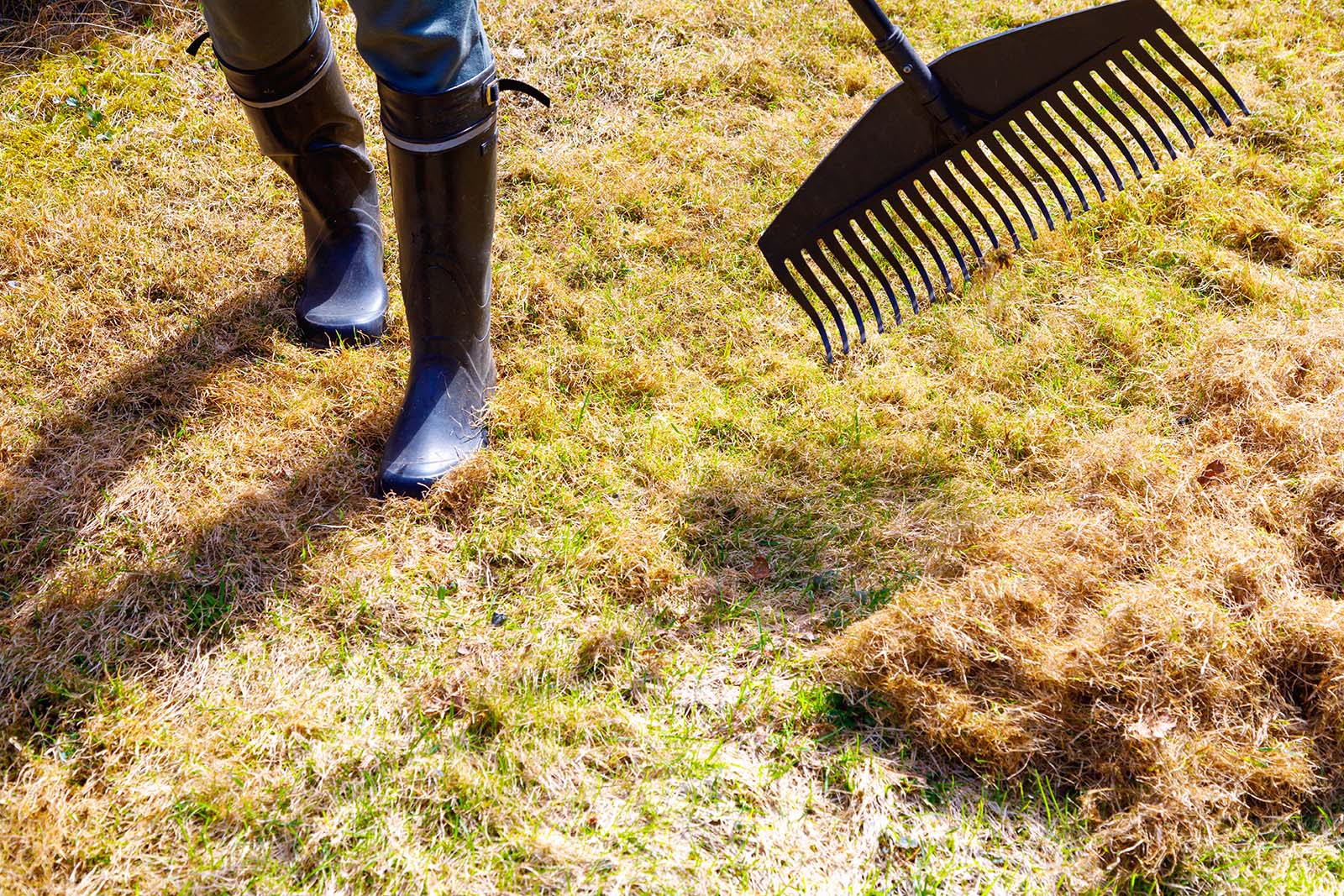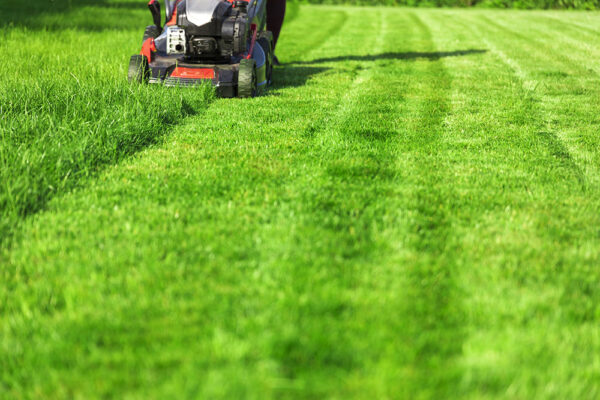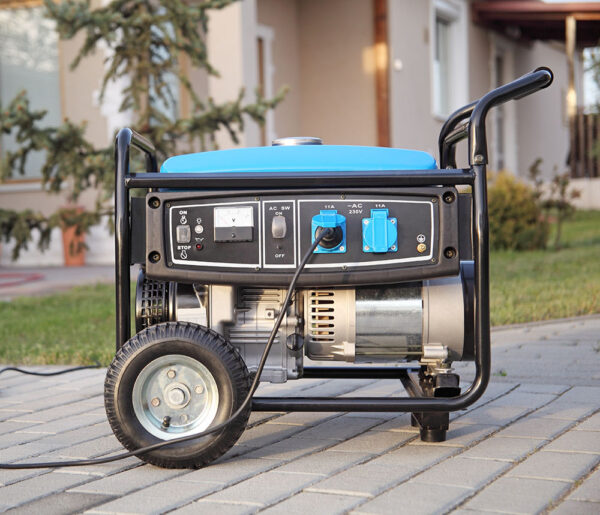Are you in a drought and wondering if your plants will live through the summer? Whether it’s a drought, or water shortages due to water restrictions, they can really take a toll on your lawn. However, maintaining a healthy, green lawn doesn’t have to be very difficult, or very expensive. There are ways to develop a drought tolerant lawn. Here are some techniques you can use to maintain your lawn in a drought.
Maintaining a Lawn in a Drought
The most important thing is to know your climate. What climate are you growing your lawn in? How much rain will you get? What sort of soil conditions do you have? Is your lawn in a completely sunny spot, or do you have part shade? When you understand your climate before planting, it can and will save you time and money, and also give you the results you wanted.
Once you understand your climate, you’ll know the correct plants to choose for your lawn. There are hundreds of drought tolerant plants, that will survive with very little water.
Some drought tolerant plants are:
- Succulents
- Cactus
- Hummingbird bush
- Bougainvillea
- Black Eyed Susans
- Gerberas
- Blazing Stars Ajuga
- Coneflower ‘Echinacea’
Your grass will also need to be drought tolerant. You can select grass seeds like:
- Zoysia Grass
- St. Augustine’s Grass
- Common Bermuda Grass
- Seashore Paspalum
- Kentucky Bluegrass
These are just a few examples, there are many more grass seeds and plants you can choose, depending on your taste and how you want your lawn to look.
Another option is to use native plants and flowers. Using native species preserve your region’s ecology, it is an inexpensive way to add color to your garden. But the best thing about using native species is that they will thrive with little attention, water, or care, as they have already adapted to the area’s climate and soil.
Consider pollinator plants. They are a great way to maintain a healthy ecosystem in your garden. Plants that attract pollinators, invite some of nature’s hardest workers, who will give you a helping hand in maintaining your landscape. They also add some additional color.
What is a lawn without water?
Part of knowing how to maintain healthy lawn is to learn to water wisely, especially when resources are strained. When watering, there are four main things to keep in mind:
- Keep an eye on the weather forecast. If it’s going to rain, don’t water the lawn. Let the rain do the work, and save your water.
- Don’t over water. Wait until your grass begins to show signs of drought before you water. This way, the lawn is getting water only when needed.
- Water deep – this means you are watering less often, but more deeply. Really drench your lawn, so the water soaks in.
- Maintain a regular watering schedule. And always in the early morning before the sun rises. This way you prevent evaporation, and the water will have enough time to soak into the soil.
These few techniques will make the best of your water usage, and you can do a lot more with limited resources. If watering on a schedule is not something you can manage, then you can install an irrigation system that runs on a timer. These are less expensive than you might think, and a great way to water without having to add to your daily chores.







